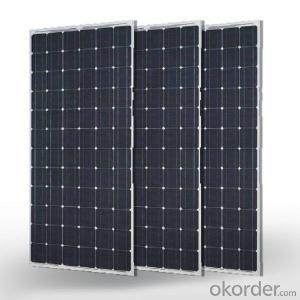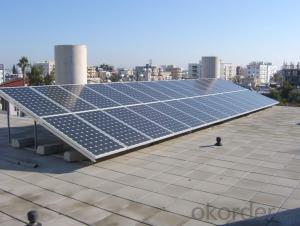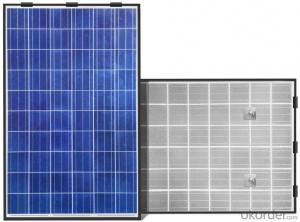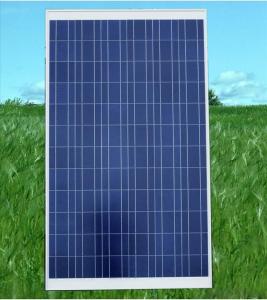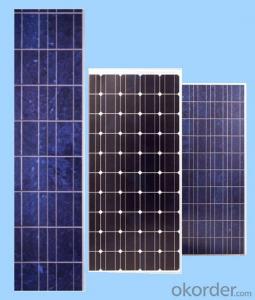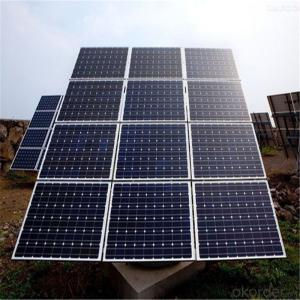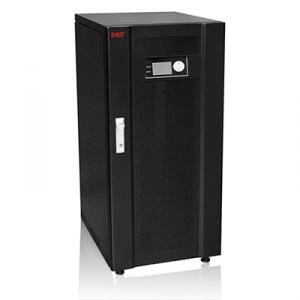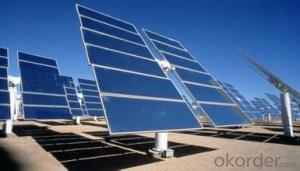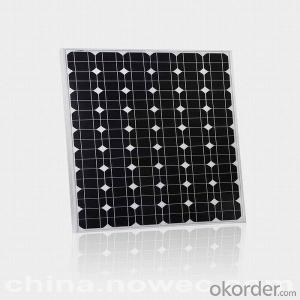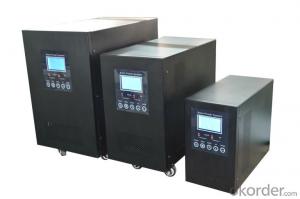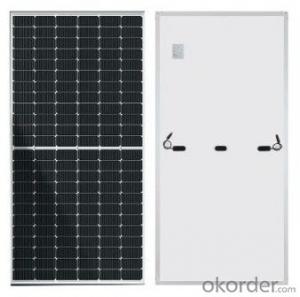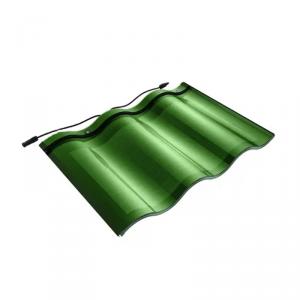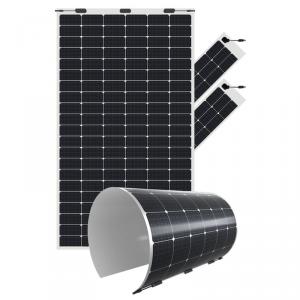Solar Panel Kits With Inverter
Solar Panel Kits With Inverter Related Searches
Solar Panel Kit With Inverter Solar Panels With Inverter Solar Panel With Inverter Kit Solar Kit With Inverter Solar Power Kit With Inverter Solar Panel With Inverter Inverter With Solar Panels Inverter With Solar Panel Solar Panel Inverter Kit Inverter Solar Panels Rv Solar Kits With Inverter Solar Panel Power Inverter Kit Inverter With Solar Input Inverter Used In Solar Panel Solar Inverter Kit Power Inverter Solar Panels Solar Panels Inverter Inverter With Solar System Solar Power Inverter Kit Inverter Ac With Solar Panel Power Inverter For Solar Panel Inverter With Battery Solar Power Inverter Solar Kit Solar Battery With Inverter Inverter On Solar Panel Inverter In Solar Panel System Solar Panel With Ac Inverter Solar Charger With Inverter Inverter With Solar Charger Solar With Electric InverterSolar Panel Kits With Inverter Supplier & Manufacturer from China
Solar Panel Kits With Inverter are comprehensive systems that include solar panels, inverters, and other necessary components to harness solar energy and convert it into usable electricity. These kits are designed to provide a clean and renewable source of power for residential, commercial, and off-grid applications. They are engineered to be user-friendly and efficient, making them an attractive option for those looking to reduce their reliance on traditional energy sources.Solar Panel Kits With Inverter are widely used in various settings, such as homes, businesses, and remote locations where grid electricity is either unavailable or unreliable. They are particularly beneficial for those seeking to lower their energy bills, reduce their carbon footprint, and increase their energy independence. These kits can be easily integrated into existing electrical systems or used as standalone power sources for off-grid living, providing a versatile solution for a range of energy needs.
Okorder.com is a leading wholesale supplier of Solar Panel Kits With Inverter, offering a vast inventory of high-quality products at competitive prices. With a commitment to customer satisfaction and a focus on providing the latest technology, Okorder.com ensures that customers receive reliable and efficient solar power solutions. Their extensive selection of Solar Panel Kits With Inverter caters to a variety of energy requirements, making them a one-stop-shop for all solar power needs.
Hot Products








